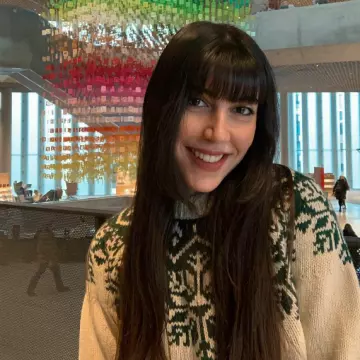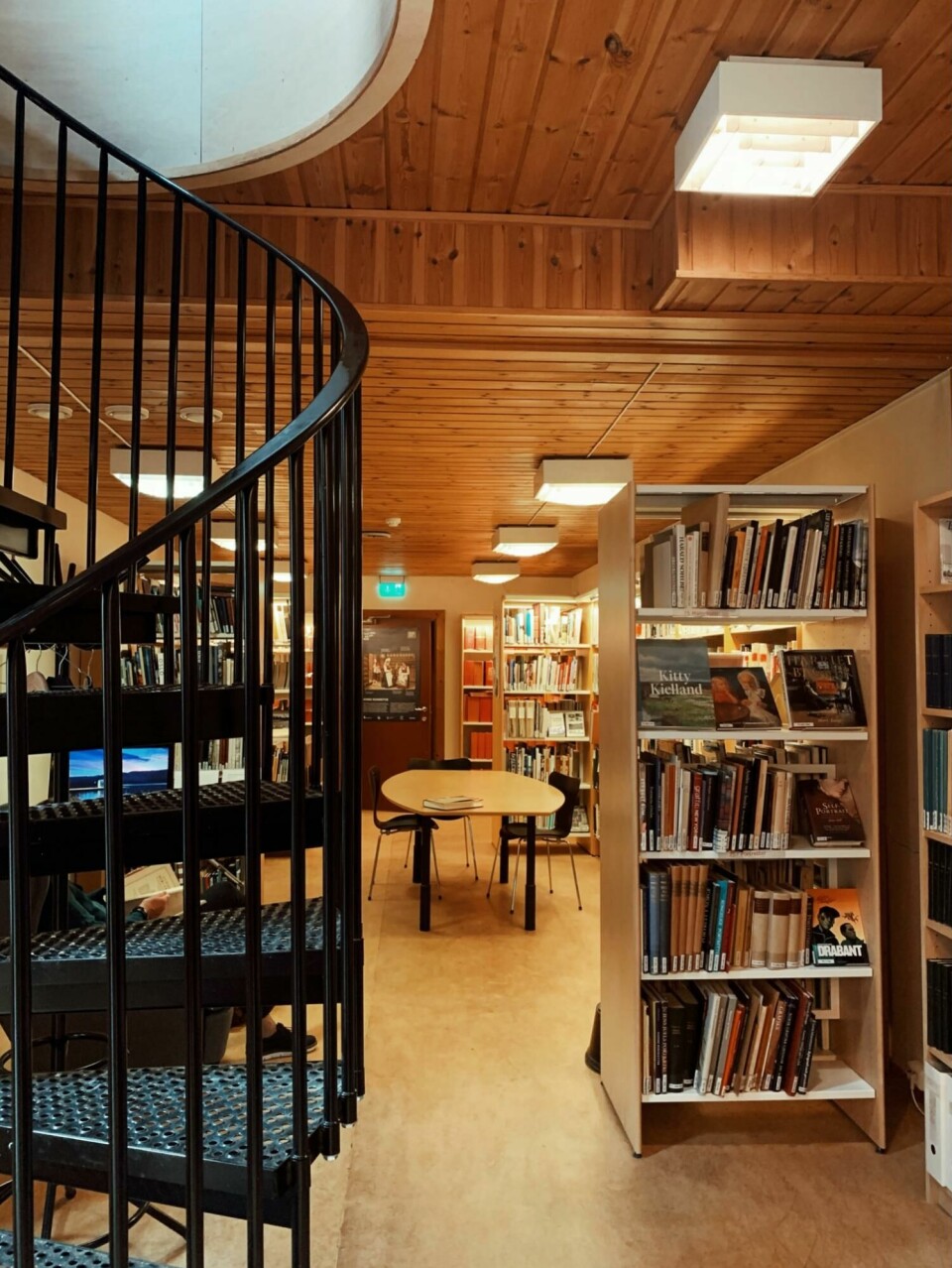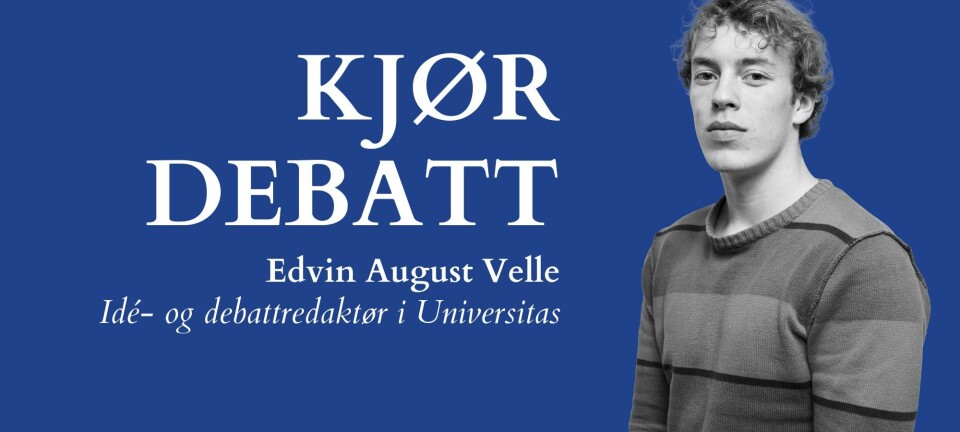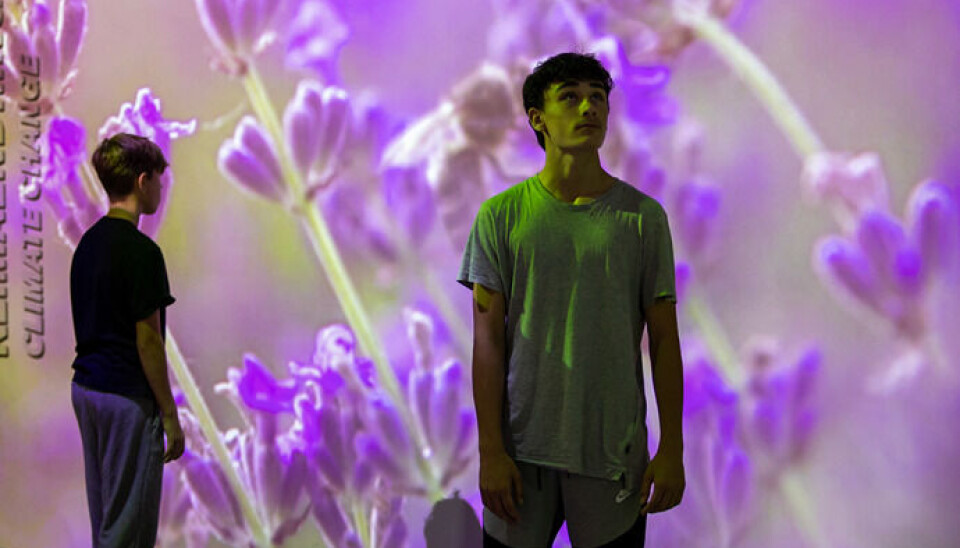
8 Museums in Oslo That You Can Visit for Free
Culture for all pockets.
In the everyday struggle of making cuts and savings in a high-cost living city such Oslo is, don’t beat yourself up: unbelievable but true, enjoying the beauty, history, and culture of the city as a student, and especially for free, is possible! And if you don’t have the patience to glean the city’s offer, don’t worry, we got your back: thanks to this ultimate guide, serenely wandering in museums cost-free has never been so easy. The time to discover the city’s gems that await you has come.
Museums with free entrance on a special day of the week
1. The Museum of Oslo

Let’s get started from the Museum of Oslo, the perfect place if you’d love to simply discover more about the city you’re living in. Based in one of Oslo’s most beautiful green spaces, Frognerparken, it encompasses numerous exhibitions that focus on the history of the city from different perspectives, offering an interesting insight into urban development, everyday lifestyle and the people in Oslo. An original point of view, for example, is adopted by the exhibition “Cityscapes – capturing Oslo,” a collection of paintings that illustrates how several artists have represented the city’s landscapes throughout history with different approaches and styles. Here you’ll find also 5 small watercolors by Edvard Munch himself – it’s little known, in fact, that as a youth and young adult, he painted more naturalistic glimpses of his city.
By visiting the main permanent exhibition, “OsLove,” instead, you’ll get immersed into a journey through the history of Oslo, retracing it from the city’s founding in the Middle Ages, navigating through the centuries up to the present day. In this time travel, the visitor is accompanied by short movies, digital storytelling, paintings and portraits of past citizens, products of traditional crafts, and pictures that capture salient moments that the society underwent in the previous decades, including the movements for women and queer people’s rights.
A whole exposition is specifically dedicated to World War II, investigating how the conflict and the Nazi occupation impacted everyday life, ranging from home and leisure time to work and school. Besides this, the museum demonstrates to have a special eye on contemporary times as well, through the exhibition “Your breath, your voice” and the last section of “OsLove,” called “The City Laboratory.” The first one has the aim of keeping the ever timely debate on racism and anti-racism in Norway open, by collecting highlights of the huge demonstration “We can’t breathe – Justice for George Floyd,” that took place in Oslo in 2020. Videos, photographs, original posters and slogans from that huge demonstration, that was reported to be attended by more than 15.000 protesters, are exposed in this section.
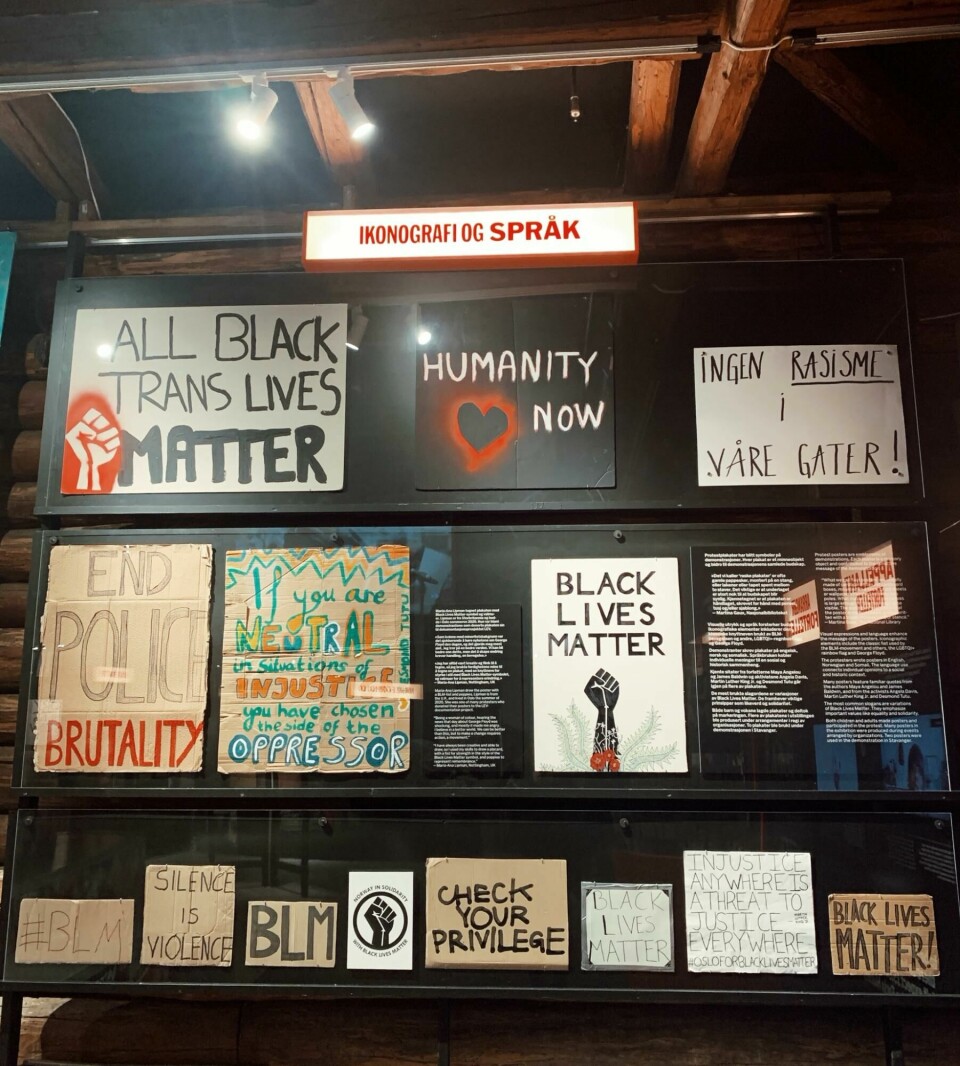
“The City Laboratory” instead speaks directly to today’s residents, inviting them to tell about their city and to reflect on its future. In this museum’s area, always open to new projects and ideas, the exhibitions change often and engage with school classes, activists, urban developers, organizations, documentarians, and so forth. Last but not least, a brand new exhibition is about to land: “A taste of Oslo – glimpses of the city’s food history” over the past 150 years will open its doors on the 12th of May.
The Museum of Oslo has free entrance every Thursday; on the other days, students can get a 40 kr discount on the standard ticket’s price.
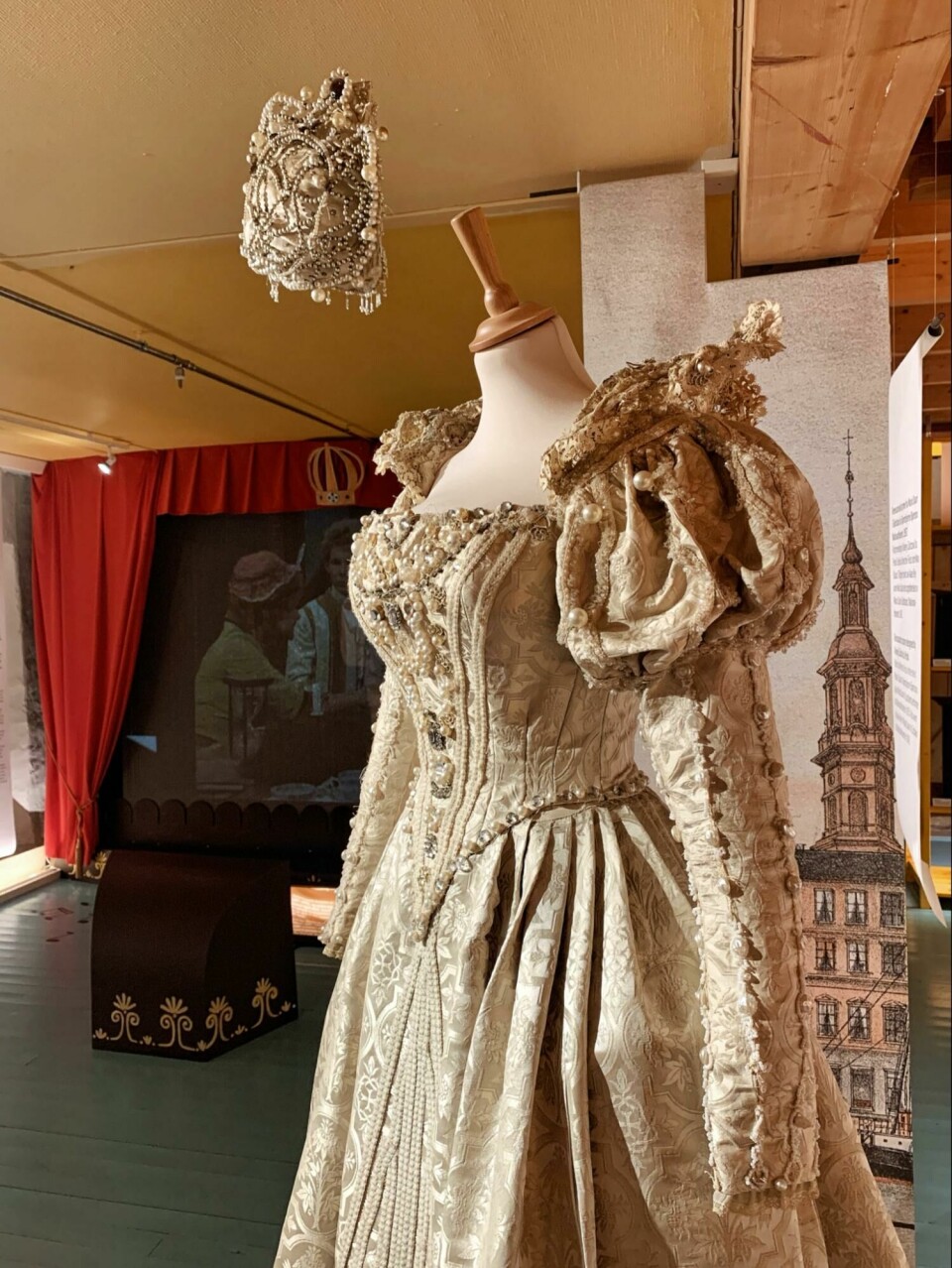
The library is open every Thursday from 11 to 16, and from 11 to 19 every first Thursday of the month. But it’s also possible to visit it on the other days of the week – you only need to reach out via email to set up an appointment: bibliotek@oslomuseum.no. Moreover, the librarian is available to provide students with support for their thesis’s research.
Website: the Museum of Oslo
2. The Theatre Museum
The Theatre Museum is a small exposition co-located in the same place of the Museum of Oslo, in Frognerparken. Therefore, as for the Museum of Oslo, it has free entrance every Thursday. Here you’ll get to discover precious costumes, accessories, marionettes, original props, and leftovers from historical plays that took place in the city from the 18th century onwards. In addition, a model collection from productions by Ibsen and Shakespeare showcases the transformation of scenography over time.
Website: the Theatre Museum
3. The Munch Museum
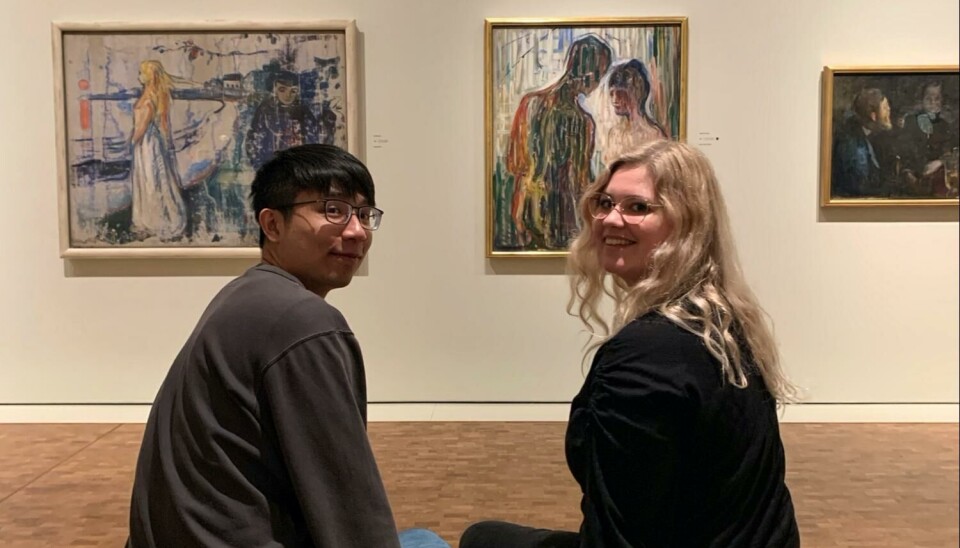
The Munch Museum does not require presentations. Probably the most popular and characteristic museum of the city, it surprisingly has its own “free entrance day,” too. In fact, you can let yourself be fascinated by the most famous Norwegian artist’s works of art every Wednesday, but keep in mind that you can do it for free only between 18 and 21!
What is more, the Munch Museum demonstrates to hold dear the education of young generations – besides guided tours, it is possible indeed for schools, kindergartens, and groups of students with their teachers and assistants who want to visit the museum as part of their learning programmes to get free tickets, which must be picked up in advance.
Website: the Munch Museum
Museums with free entrance everyday
4. The Intercultural Museum
The Intercultural Museum is based in the neighborhood of Grønland and is open from Tuesday to Sunday with free entrance everyday. The fact that it’s located in Oslo’s most multicultural and diverse district doesn’t seem like a coincidence: this museum, especially through the exhibition “Typical,” truly leads the visitors to deep questioning themselves about relevant socio-anthropological topics, such as the concepts of prejudice, racism, xenophobia, the differentiation between “us” and “others,” and challenges them to strengthen their openness towards other cultures.
With this purpose of constantly engaging the audience, the expositions are extremely interactive and rely on short movies, documents of various kinds, neon installations, images, file audio. It’s worth mentioning the interactive artwork “The Anatomy of Prejudice” by the conceptual artist Thierry Geoffroy/Colonel, known for formats specifically designed to “train the awareness muscle.” In this growing-exhibition, paper sheets that testify daily traces of prejudice and hate, provided by the visitors themselves, form together the leaves of a jungle-like ceiling sculpture. Besides “Typical,” the Intercultural Museum hosts temporary exhibits as well.
Website: the Intercultural Museum
5. The Labour Museum

While enjoying an awesome walk along the Akerselva river, at a certain point it may happen that you come across an ancient factory: here it’s where you’ll find the Labour Museum. The expositions focus on the industrial revolution that took place by the river Akerselva from the mid-1840s. In fact, Norway’s first textile factories were established in the areas of Sagene and Nydalen. The story is narrated through different people’s voices, as it happens for the exhibition “Factory Girls and Industrial Pioneers,” where workers at these factories, entrepreneurs and inhabitants of the area who experienced firsthand the industrial revolution take the floor.
The museum also provides the audience who require it with a tour in the labor district Sagene, investigating the working environment in particular, the rise of early unions, and the labor class’s life conditions (but remember that if you want a tour in English you must contact the museum, via post@oslomuseum.no).
If you take advantage of the nice weather of the upcoming season, go for a walk in this area, and visit the museum, you won’t miss the temporary exhibition “Dear Akerselva,” which will be open until October 2023. It comes up as a collection of images taken by the photographer Torbjørn Moen, which can be seen as a tribute to the role that the river Akerselva has been playing over years – as the city’s natural green artery.
The Labour Museum is open only two days, on Saturday and Sunday, but it always has free entrance for everyone.
Website: the Labour Museum
6. The 22 July Centre
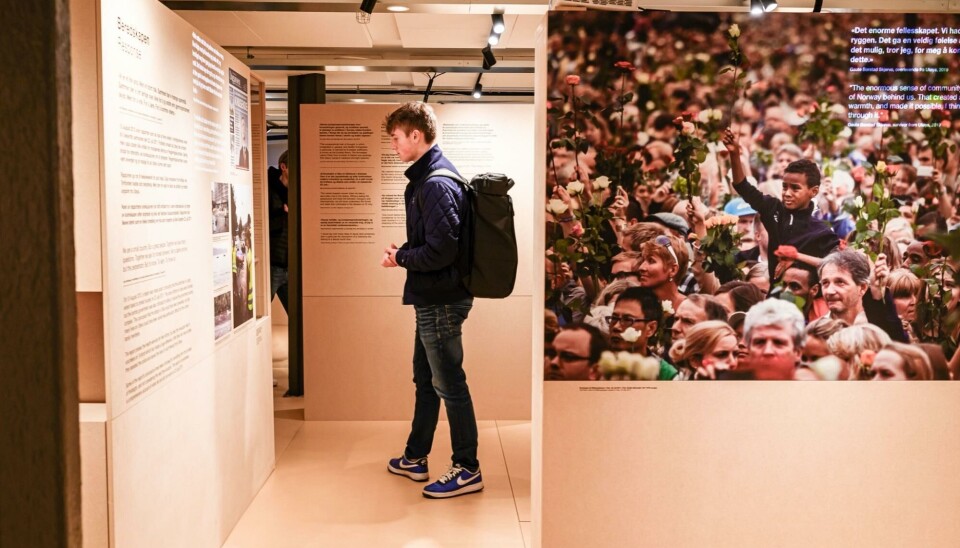
The 22 July Centre preserves national remembrance of a crucial, tragic moment in Norwegian contemporary history – the terrorist attacks executed by the right-wing extremist Anders Behring Breivik in the Government Quarter of central Oslo and on Utøya island, which shook Norway and the whole world in 2011. The museum can be considered as a sort of learning center the main aim of which is to keep raising awareness, especially among the younger generations, about the traumatic events that happened. In fact, it truly comes up as a public conversation’s arena that reflects on the impact that the terror attack has caused, not only on the victims, the survivors, and their families, but also on the society at large. The events are reconstructed through a timeline with images, excerpts of surveillance cameras, photographic evidence, objects found on site, and interviews with witnesses. Furthermore, the professional staff always welcome the visitors with an introductory explanation of the visit and it’s available at any moment to answer questions, especially because pupils and students are the center’s target audience.
The 22 July Centre always has free entrance for everyone, and it is open from Thursday to Sunday, from 11 to 16.
Website: the 22 July Centre
7. The Natural History Museum
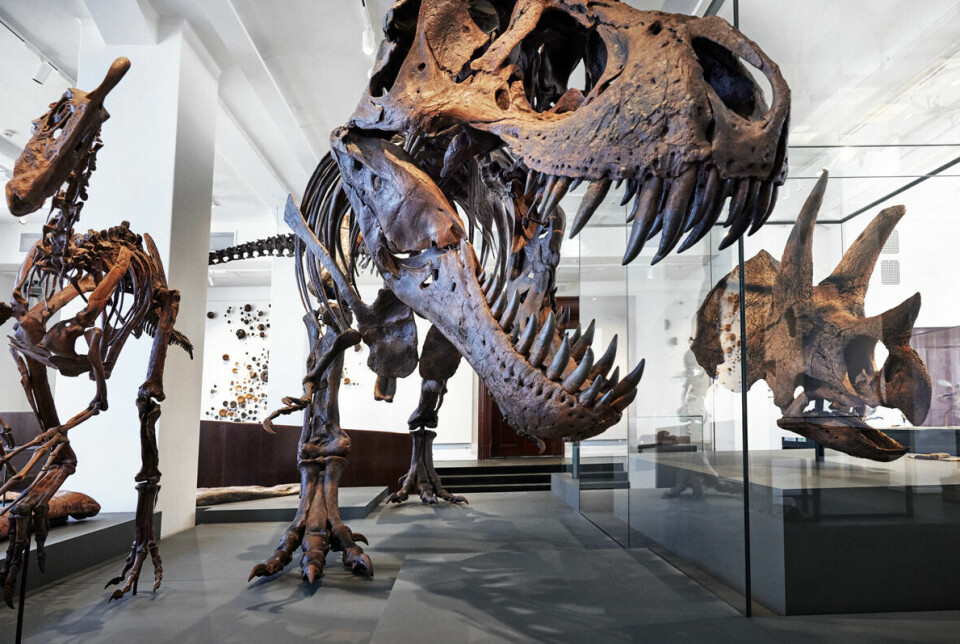
Meet the dinosaurs, immerse yourself in the beautiful diversity of nature in the Botanical Garden, come into touch with the Earth's history through fossils, gems, and crystals, and gain insight into climate change at the Natural History Museum! It’s based right between the neighborhoods of Tøyen and Grünerløkka, and it’s Norway's largest natural history museum, hosting several exhibitions. The zoological ones will let you discover animals from around the world through their habitats and geographical regions, ranging from the Antarctic to the tropical rainforests. Among these expositions, the Norwegian Hall stands out, focusing on the fauna and nature types of Norway.
The numerous geological exhibits present at the museum explore the history of planet Earth and its life. Here you’ll find yourself in front of minerals, fossils collected from the oceans’ floors, but also space rocks and meteorites. A worth-mentioned section is the “Crystal Cave,” a reconstructed mine cave made from 20 tons of crystals.
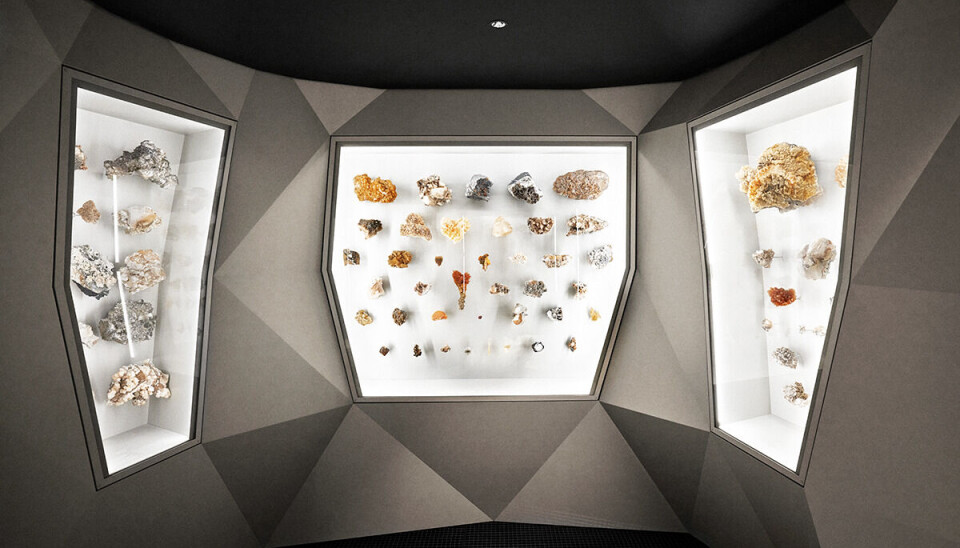
As far as the climate is concerned, the Climate House inside the Natural History Museum provides the visitors with interactive, dynamic exhibitions and multimedia installations.
Students at the University of Oslo can visit it for free, showing a valid student card. All other students can receive a 60 NOK discount on the standard ticket’s price. The admission to the Botanical Garden, one of the most enchanting city’s green lungs, is always free.
Website: the Natural History Museum
8. The Historical Museum
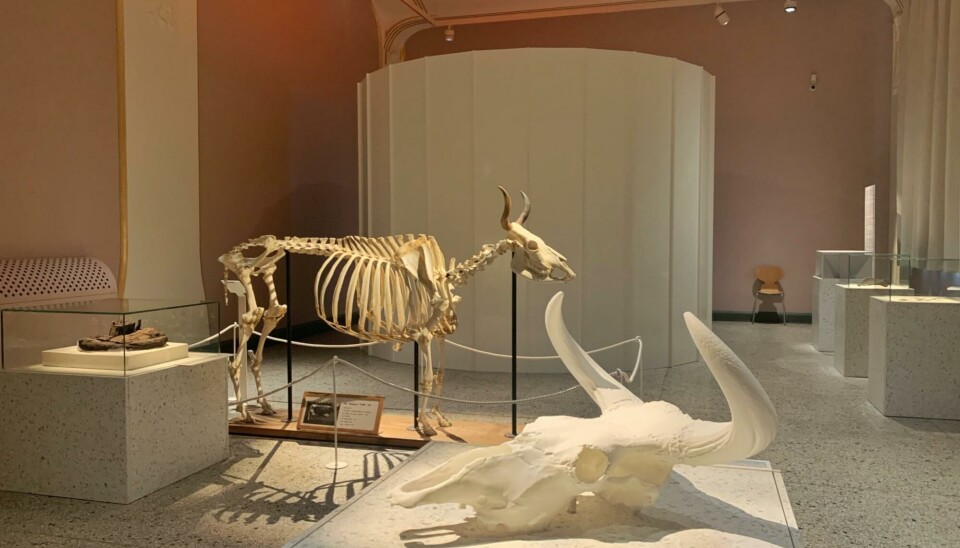
Visiting the Historical Museum truly feels like doing a journey back in time among the most disparate treasures of the past. Here you’ll get the chance to see fabulous artifacts from the Norwegian Viking Age, such as ornamented swords, weapons and golden jewelry. But it will not be the only thing, if you’re passionate about the Viking age: a whole exhibition, “Fabolous animals”, will guide you in the exploration of the unique feeling of devotion and admiration that existed towards animals from the Iron Age to the Vikings, showcasing objects characterized by the typical scandinavian ornamentation style that spread at that time.
The Egyptian civilization is given a great space within the museum as well – in fact, the largest collection of Egyptian artifacts in the whole Norway is preserved here.
Through the museum’s ethnographic exhibits instead, you’ll travel not only in time but also in space, getting in contact with cultures and civilizations from all over the world.
As with the Natural History Museum, students at UiO can visit the museum for free, since it’s part of the Museum of Cultural History and the University of Oslo. All other students are given a 30 kr discount on the standard ticket’s prices.
Website: the Historical Museum
